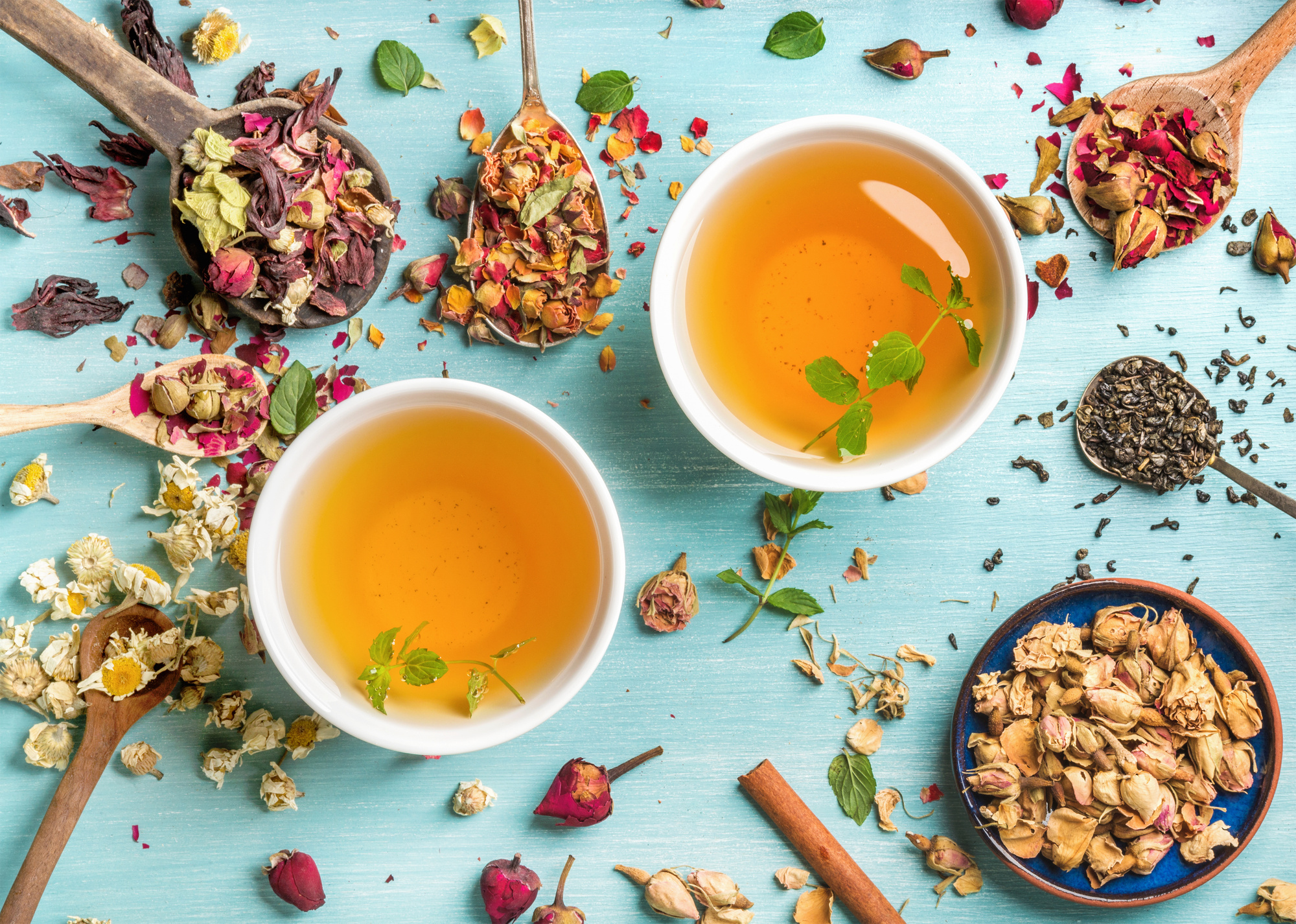

Caffeine and teaĬaffeine content present in tea varies depending on several different variables, and can be influenced by properties contained within the tea itself as well as by different brewing and preparation methods. On the other hand, if you’re trying to boost your caffeine intake, our high-caffeine teas might be just the thing! Whether you go for a rich, earthy pu-erh, a bowl of meditative matcha, or one of our other highly caffeinated teas, it’s sure to give you the boost of energy you need to power through the day. If you’re worried about consuming too much caffeine, try limiting your caffeinated tea consumption to one or two cups a day, and avoid drinking caffeinated tea in the afternoon or evening. Since caffeine can affect people very differently depending on their own unique body chemistry and predispositions, it’s hard to predict just how the caffeine in a particular tea may affect you. However, because the caffeine content of a brewed cup of tea depends on many different factors, even teas within the same broad categories may have different caffeine levels. In general, black and pu-erh teas have the highest amount of caffeine, followed by oolong teas, green teas, white teas, and purple teas. While the teas listed above are especially high in caffeine, all teas made from the camellia sinensis plant contain some amount of caffeine.

Shop High Caffeine Teas > Other caffeinated teas Mate can be consumed on its own, or as an ingredient in flavored blends like Nutty Mocha Mate and Lively Lemony Mate. Mate tends to be high in caffeine, containing almost as much per cup as coffee. Native to South America and popular in countries like Argentina and Chile, mate is actually a species of the holly plant. While yerba mate does contain caffeine, it’s not actually related to the tea plant. Japanese green teas are also usually steamed in order to halt the oxidation process, which increases the caffeine content present in tea. This means that these teas tend to have a higher caffeine content than other types of green tea. Gyokuro and matcha plants are both shaded for three weeks prior to harvest, while Kabusecha plants are typically shaded for around two weeks prior to harvest.

In Japan, some types of specialty tea plants are shaded for several weeks before harvest, which increases the caffeine levels present in the tea. Ripe (shou) pu-erh that is fermented using a wet-pile method tends to be higher in caffeine than raw (sheng) pu-erh that is fermented according to traditional methods. Like black teas, pu-erh teas are often prepared using hot water and by steeping the tea leaves for a longer period of time, which results in a stronger, more caffeinated cup of tea. These teas have a rich, earthy flavor, brew up an inky black color, and tend to be very high in caffeine. Pu-erh teas are aged teas commonly produced in China. Finally, black teas tend to be prepared using hotter water and steeped for a longer time, both of which can result in a cup of tea that is especially high in caffeine. assamica varietal, which tends to be higher in caffeine.īlack tea blends are often coarsely chopped into finer broken tea leaves, which can increase caffeine content. Many hearty breakfast blends, like Irish Breakfast and English Breakfast, are made from Indian black teas of the camellia sinensis var. Black teaīlack tea also tends to be high in caffeine.

The tea plants used to produce matcha are shaded for several weeks prior to harvest, which also increases the caffeine content. This means that you’re getting a concentrated dose of many of the beneficial compounds present in tea, including caffeine, l-theanine, and antioxidants. Matcha is high in caffeine for several reasonsįor one, when you drink a bowl of matcha you’re actually consuming whole tea leaves, rather than a diluted infusion like when you drink a traditionally brewed cup of tea. Matcha is a powdered green tea made from stone-ground tea leaves and produced mainly in Japan. Which teas have the most caffeine? Here are our top picks for highly caffeinated teas: 1. High caffeine teas include matcha, black tea, pu-erh tea, and mate. Whether you’re looking for a brisk morning cup of tea to start your day, or need a little energy to power through study sessions or long work days, a cup of tea can be a great alternative to coffee or energy drinks. After water, tea is one of the most popular beverages in the world - thanks in part to its high caffeine content.


 0 kommentar(er)
0 kommentar(er)
